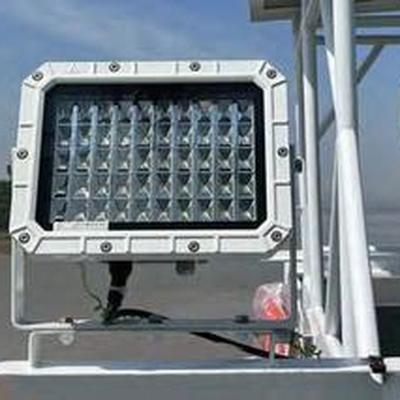Categories
Tags
-
#LED Submarine Navigation Lights
#Stealth Major Light
#LED Marine Cabin Lights
#LED Marine Navigation Signal Lights,Marine Spotlights,Marine Searchlight,
#Explosion-proof fire Emergency Lights
#LED Marine Navigation Signal Lights
#Explosion-proof Fluorescent Pendant Lights
#Marine Reading Lights
#Marine Navigation Lights
#LED Light
#LED Marine Lights
#Marine LED Lights
#Marine Searchlight Bulb
#Marine Searchlights
#Explosion Proof Lighting
#LED explosion proof lighting
#Marine Waterproof Switch and Sockets
#Boat Cabin Lighting
#Marine Spotlights
#Marine Floodlights
#marine cabin lighting
#LED Soft Light Strips
#Marine Navigational Lights
#f Marine Searchlights
#Morse Code Signal Light
#Ship Stern Lights
#Ship Cabin Lighting Fixtures
#LED Marine searchlights
#Explosion Proof Lights
#marine Explosion Proof Lights
#Explosion-proof lights
#Navigation Lights
#Marine Lighting
#CCS Certification
#LED Explosion Proof Flood Lights
#Installing Marine Searchlights
#Marine Explosion-Proof Light
#marine searchlight
#LED marine searchlight
#High-Power Marine Searchlights
#Yushuo
#Marine Light
Archives
What is the Power Standard of Marine Searchlights
-
Nighttime navigation often depends on a beam of light that penetrates the darkness. It helps the crew spot an iceberg, an approaching ship, or a person in the water in time. This beam of light comes from a marine searchlight, but "how bright must it be?" Its rated power is not a number that the manufacturer can mark at will. Instead, it is subject to a complex web of international conventions, classification society rules, and special waterway regulations. Let's peel back the web and see what determines the power of a marine searchlight.

SOLAS and IMO’s “Can-Be-Seen” Principle
SOLAS Chapter V, Regulation 23 states that navigation lights and signalling lights must be sufficiently luminous. They should be seen by other vessels in time under normal meteorological conditions. IMO does not specify “searchlights must be X watts.” Instead, it refers to ISO 17884 “Marine Searchlights – Performance” and IEC 60598-2-5. At atmospheric transmittance T = 0.74, the center-beam illuminance must reach ≥ 1 lx at the following minimum ranges. Ocean-going vessels ≥ 100 m require a range of ≥ 1 800 m. Vessels 50 m–100 m need a range of ≥ 1 300 m. This translates to legacy light sources as follows. For ships < 30 000 t, a minimum of ≥ 2 000 W halogen or LED equivalent is necessary. Alternatively, a 200 W–250 W high-power LED array is needed. For ships ≥ 30 000 t, a minimum of ≥ 3 000 W halogen or LED equivalent is needed. An LED array of approximately 300 W–350 W high-power is required.
Classification-Society Add-On
The China Classification Society (CCS) turns IMO’s “soft requirement” into hard figures in the Rules for Classification of Steel Ships. Rated power tolerance is ≤ ±5 %. The power factor must be ≥ 0.9. Must hold CCS product certificate; type-approval test requires ≥ 90 % of rated luminous intensity.
Therefore, domestic models, such as the TZ3-A xenon searchlight rated 3 000 W, are only released after passing the CCS photometric lab. The TZ6 LED marine searchlight version rated 800 W also follows this process.LED-Era “Watt Conversion”
Legacy 2 000 W halogen is equivalent to modern high-power LED 200 W–250 W. Legacy 3 000 W halogen is equivalent to modern high-power LED 300 W–350 W.
The wattage drop is possible because LED efficacy (> 100 lm/W) is 5–7× that of halogen (15–20 lm/W). Narrower beam angles concentrate candela.Conclusion
A marine searchlight’s power rating is not “the bigger the better,” but “bright enough and compliant.”
When selecting a light, first check its certificate, then match the LED wattage to the table above. Do so and you’ll never be “caught in the dark” during a PSC inspection.
